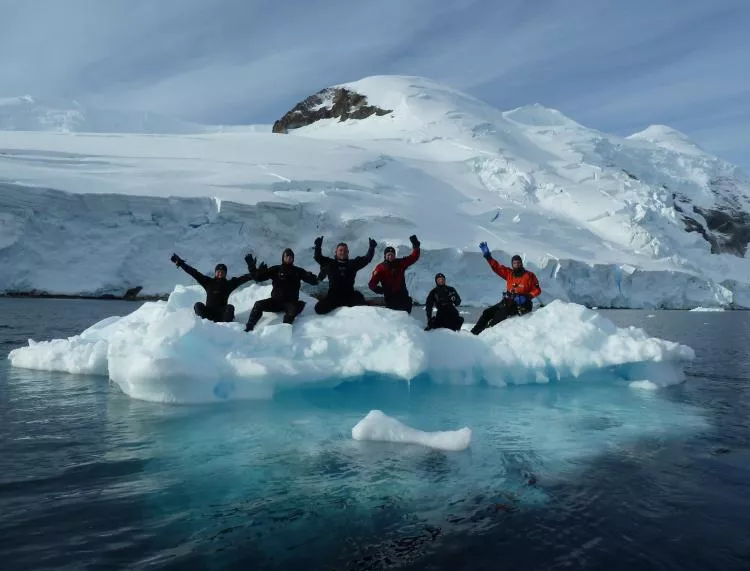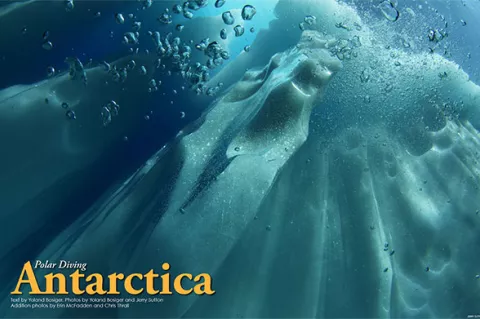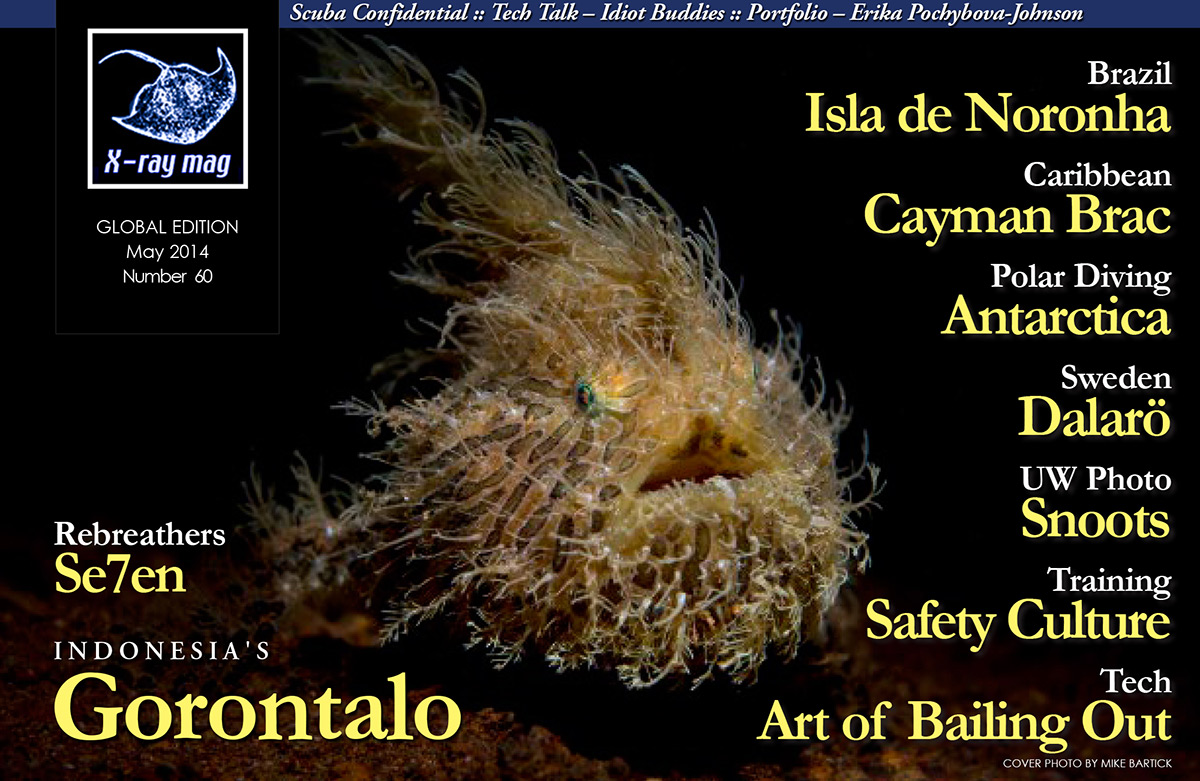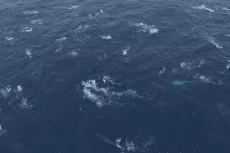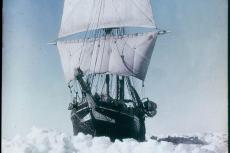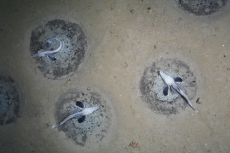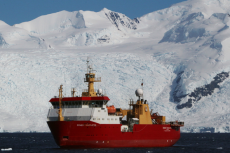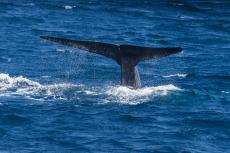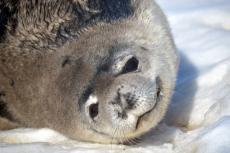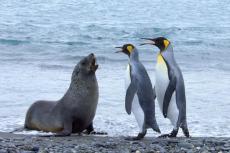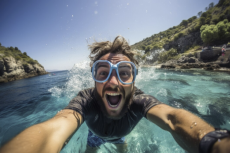On our journey north of the polar circle, my fellow adventurers and I were greeted by an astonishing spectacle. Over 20 orca were hunting an animal so rare that few people have seen them in the wild, let alone had the chance to study them. Using immense strength, agility and cunning intelligence, the orca worked as a team to hold the Arnoux’s beaked whale under water to drown it. This was a story of nature at its most raw, untouched and unforgiving—a story that encapsulated wild Antarctica.
Contributed by
Hot steaming rainforests had been replaced with ice palaces and blue green glaciers; kangaroos and cassowaries had been substituted with penguins and seals; and my beloved shorts and singlet had been passed up for down jackets, heavy-duty waterproof overalls and beanie. About the only thing that was consistent was the intensity of the sun, which had proceeded to turn me the color of a diner plate-sized Antarctic isopod—not a good look, I assure you.
OWUSS Rolex Scholar
Yet, despite the apparent severity of my situation, facing challenges like these was not new. I was nearing the end of a yearlong journey, which had taken me far outside my comfort zone, exposed me to new places, and taught me new skills. Antarctica was the tip of the iceberg at the end of my exciting and adventurous year as an Our World Underwater Scholarship Society Rolex Scholar.
The Our World Underwater Scholarship Society Rolex Scholarship provides young people with the chance to explore marine fields from diving to science, engineering, medicine and media—providing these individuals with invaluable career-deciding opportunities. With the help of Expedition Leader and past British Antarctic Survey diver, Kelvin Murray, I was able to experience Antarctica with Oceanwide Expeditions. My role onboard was threefold: to uncover the ins and outs of life aboard an expedition vessel, take pictures for Google Ocean and gain polar diving skills. This was an opportunity like no other.
Departing for southern seas
I made my journey from Australia to Ushuaia in Argentina—a picturesque town set at the foothills of the Martial Mountain Range and bounded at its edge by the Beagle Channel. Ushuaia and its surrounding wilderness are so beautiful that they make for an impressive tourist destination in themselves. In fact, I had been here three years previously for this very reason, hiking in the Terra Del Fuego National Park and getting my fill of empanadas (Argentinian pasties) and dolce de leche (caramel like spread).
Yet, as a result of its southern location, Ushuaia is of course best known as the taking-off point for a large number of passenger cruise ships headed for Antarctica. The streets of this little town are chock-a-block with warm clothing outlets and camera stores for those who might have forgotten something critical.
Departure day arrived and Murray took me to see my new home for the next three weeks—the 89-meter-long, 114-passenger cruise vessel M/V Plancius. It didn’t take long to be thrown into the thick of things, and if you have ever wondered how ten days worth of food is transported onto a large cruise vessel like this one, then you’re in for a treat.
Boxes were winched onto the boat via crane and then manually transported via a long chain of crewmembers to the galley. I counted over 200 bottles of juice and got to move everything from dry food and vegetables to entire wheels of cheese and foot-long salamis.
We then toasted the voyage and got ready for what we hoped would be a “Drake Lake”, rather than a “Drake Shake”. Well known for delivering giant waves and powerful winds, the Drake Passage has on occasion stymied even the most intrepid traveller. Luckily, we managed a relatively calm crossing and I spent my time attending onboard lectures and learning as much as I could about Antarctica’s geology, wildlife and history.
Antarctica
Antarctica is the coldest, windiest and harshest place on our planet. In terms of size, Antarctica is the fifth largest continent (larger then both Oceana and Europe) and is dominated by the Antarctic Ice Sheet. At its thickest point, the Antarctic Ice Sheet is 4.7km (2.9mi) deep, averaging a whopping 2.2km (1.4mi). An incredible 90 percent of all the world’s ice and 70 percent of the entire world’s freshwater is contained within this ice sheet. To put this in perspective, if the Antarctic ice sheet was to melt, world sea levels would rise by approximately 60m (197ft) everywhere.
Yet, Antarctica has not always been so heavily covered by ice. Fifty million years ago, Antarctica had a temperate climate with evergreen forests and many land animals. Nowadays, however, very little life can survive in the ice-covered Antarctic interior, except for algae and microbes.
(...)

